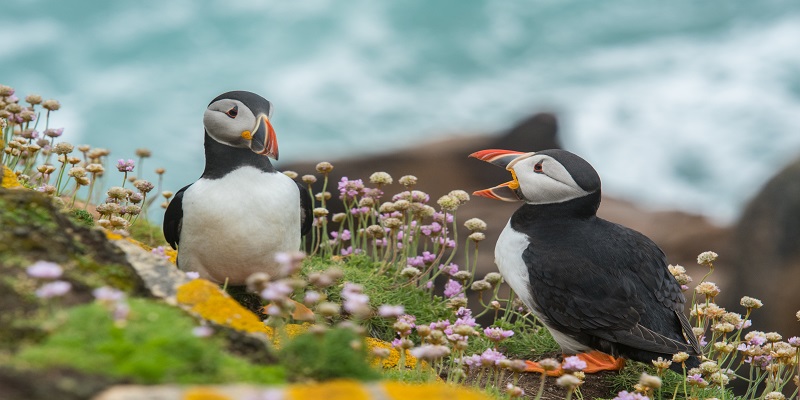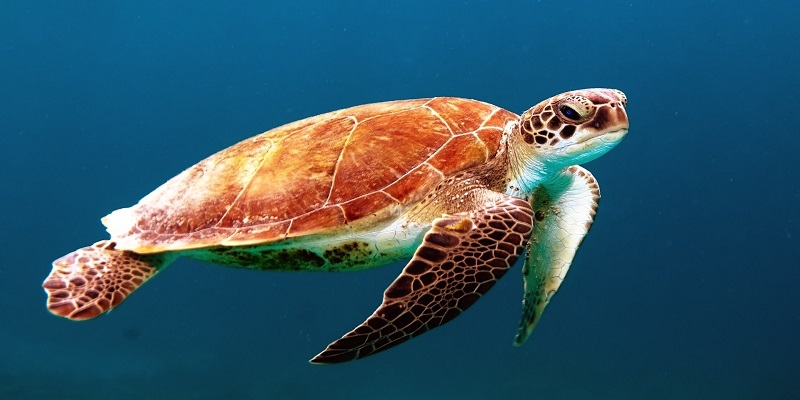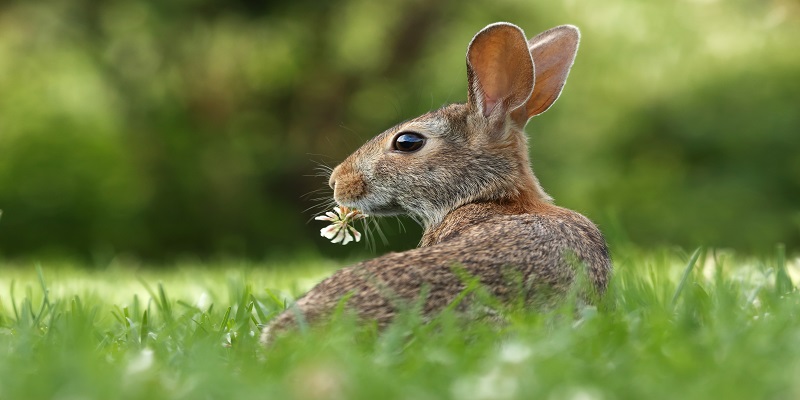
OUR MISSION
Global
Change
Turnip greens yarrow ricebean rutabaga endive cauliflower sea lettuce kohlrabi amaranth water spinach avocado daikon napa cabbage asparagus winter purslane kale. Celery potato scallion desert raisin horseradish spinach carrot soko.
Global
Change
Many animals under our care are also part of critical assurance populations to guard against extinction Numerous field research and conservation projects with amphibians, reptiles, birds, mammals and butterflies to study and conserve wild populations.
Local
Impact
Wildlife conservation is the practice of protecting animal species and their habitats. It is achieved partially through legislation such as the Endangered Species Act, the establishment and protection of public lands, and responsible public practices that conserve wild animal populations.
Community
Driven
Many animals under our care are also part of critical assurance populations to guard against extinction Numerous field research and conservation projects with amphibians, reptiles, birds, mammals and butterflies to study and conserve wild populations.
Fiscal
Planning
We put most dollars in the field. Helps people restore habitat and wildlife populations to our cities, towns, and neighborhoods. In doing so, the Garden for Wildlife program helps wildlife and gives people a daily connection to the natural world.


